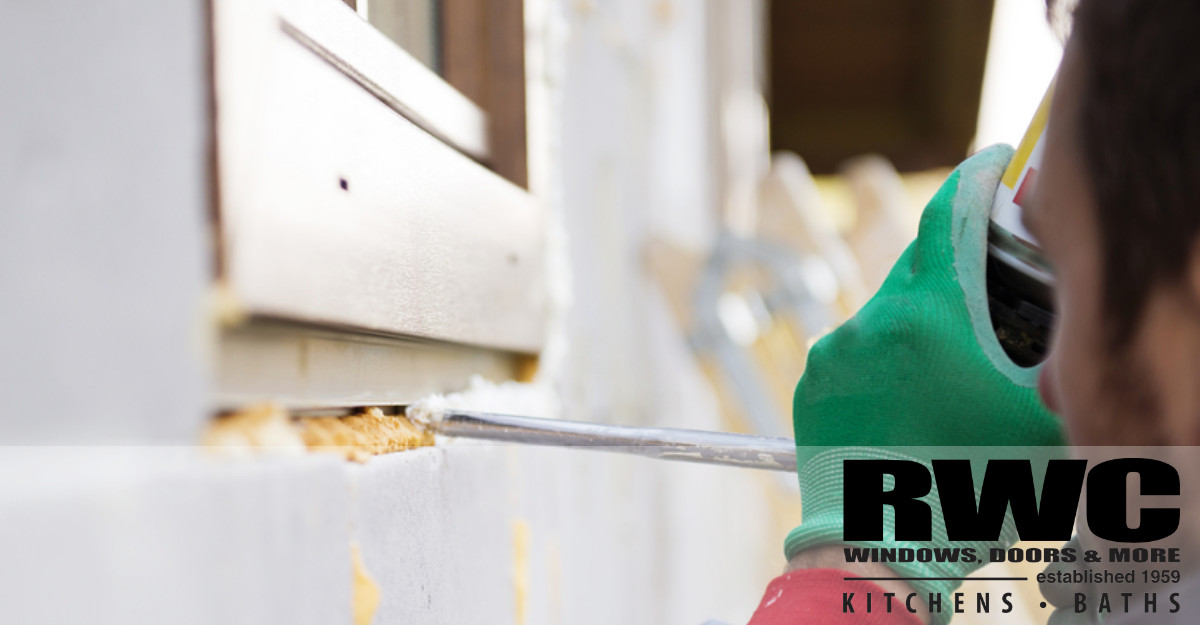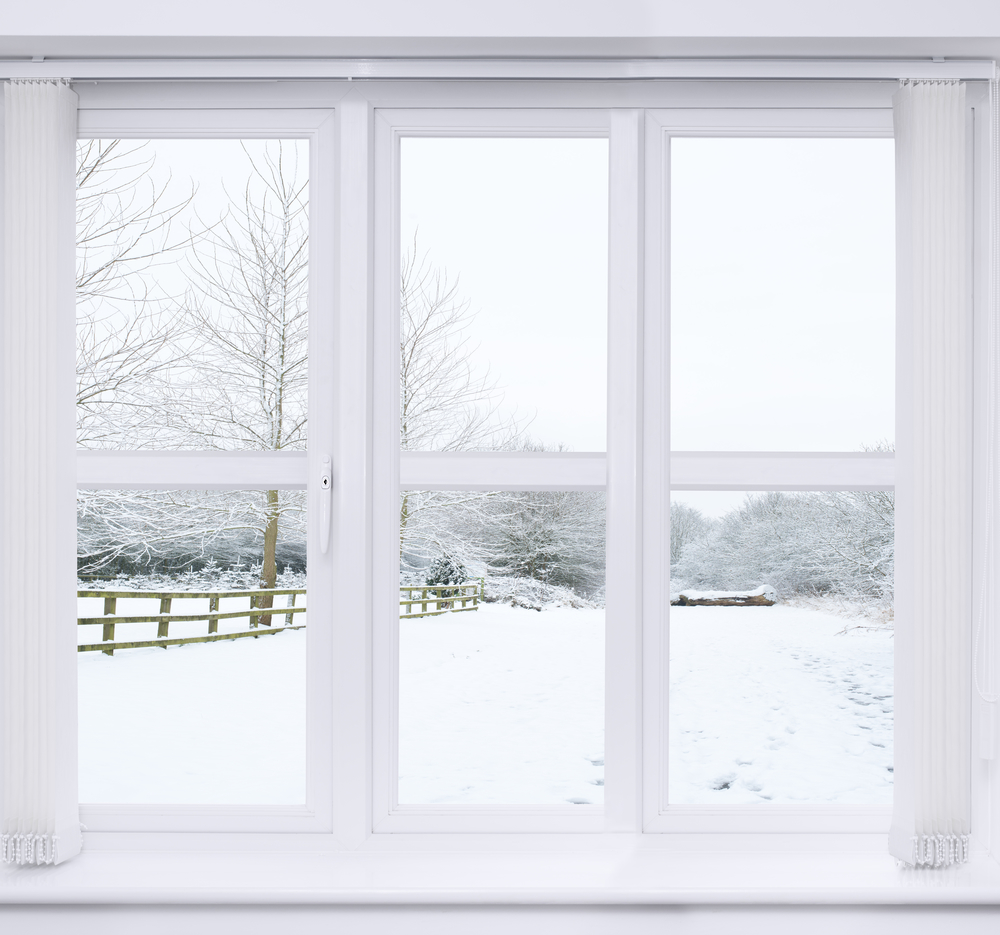
If your home has drafty windows, it’s almost like you’re throwing money away every time you heat your home. According to the Department of Energy’s website, homes will lose up to 30% of interior heating by the transfer of cold air in and the leaking of warm air out. The best way to increase your home’s comfort — and lower your utility bills — is with an energy efficient window replacement.
This guide will give homeowners several options for replacement windows, along with ways to seal and insulate windows for winter. You may have some windows that are in fairly good condition, but even those can benefit from sealing cracks and/or insulating the glass and frame.
These are the two ways you can maximize your heat and protect your windows:
- Sealing – to block wind and moisture from entering through frame joints and sealant cracks
- Insulation – to block the transfer of cold surface air through the glass and into the home
Living in a cold and windy winter climate means your home should have energy-efficient windows, or at a minimum low-E coated storm windows. High-efficiency storm windows feature an invisible layer on the window’s glass that will reduce both radiation and conduction heat losses. Other ways to winterize windows include:
Install Heating Saving Windows
Heat saving windows are highly efficient. Double-glazed low-E windows with insulation perform much better over single-pane, insulated windows because they have a better U-factor (the measure of heat transfer which indicates how well the window insulates) and a better solar heat gain coefficient (which indicates how well the window transfers solar heat).
Other benefits that are built-into energy saving windows may include:
- Vinyl frame for greater thermal performance
- Insulated with 2 panes of sealed glass to trap cold air
- Gas filled between the panes will further reduce heat transfer
- Spacers to allow for thermal expansion and prevent moisture leaks.

Seal Windows for Winter
Sealing your drafty windows may be necessary to block air drafts and moisture from entering through the smallest cracks and crevices. A homeowner will find multiple options for sealing your windows:
- Caulking – First, all old caulking should be removed from the perimeter of windows. The frame and window should be clean and dry before caulking. A fresh bead of continuous caulk, usually a silicone based product, is applied around the entire frame.
- Weatherstripping – This product is sold as an adhesive-backed foam, tubular rubber-gasket, or a V-shaped plastic strip. Each material has its own process for installation. The benefit is that most weatherstripping can be removed if you prefer open windows during milder seasons.
Insulate Windows for Winter
You can gain some energy saving if you have damaged windows by installing a window insulation kit to block the transfer of cold air from outside, and to keep warm air in the home for longer periods of time. These kits will include a plastic shrink-wrap that is first adhered to the interior window casing using double sided tape. Heat is then applied with a blow dryer, to shrink the plastic and effectively insulate the home against drafts. Window insulation kits are only a temporary solution, and they are often not aesthetically appealing. They can also be prone to failure. Therefore, the plastic should be reapplied each year.

Takeaways
- Homes will lose up to 30% of interior heating by the transfer of cold air in and the leaking of warm air out
- Double-glazed low-E windows with insulation perform much better over single-pane for heating saving windows
- Seal windows for winter by using either caulking or weatherstripping products obtained from home improvement stores
- Window insulation kits are only a temporary solution until home window replacement can be planned
For the best energy efficiency during bitterly cold and windy winters, you may want to consider combining different techniques, especially if your home is older or your window frames are damaged. Continue to discover what homeowner window replacement options RWCNJ recommends.
Note: This is an updated version of our previous blog post, “The Ultimate Guide to Winterizing Windows”.

